|
|
We must look beyond just one alternative material to solve the plastic problem. Bamboo is an excellent plastic alternative. But there are more materials that we should consider when creating sustainable products.
Dig deeper ➝ 5 min
Homes and offices around the world use countless tons of plastic. From the cups we drink to the pens we write, it’s fair to say that we probably couldn’t have done more harm to the environment if we did donuts in the car park and ate songbirds for our lunch.
While there’s undoubtedly still far too much plastic in our work and personal lives, these last few years have seen a genuine crackdown on single-use plastics. With the destruction of climate change going from a distant fallacy to making daily news, knowing we all need to contribute to a greener world has become a reality.
One of the biggest winners in the plastic-free world is bamboo. The durable, sustainable wood replaces just about every workplace and household product. Thanks to its attractive design, bamboo has become a fan favorite for sustainable consumers around the world.
With such unanimous approval, it seems we can applaud ourselves, consider the environment and office saved, and get on with our day. But before we ride into the sunset, let’s check a few things. Can we consider bamboo the best weapon in our fight against plastic? If not, which material is best?
Bamboo, not the utopian future?
Many critics question bamboo’s environmental legitimacy and doubt how chopping down natural resources could ever be a long-term solution. Bamboo is a type of grass and not a wood, making it easier to understand how fast it grows and how quickly bamboo forests replenish easily compared to traditional wood.
However, while the growing of bamboo is pretty eco-conscious, it’s the transformation of raw material into a functional product that has a lot of environmentalists concerned. Bamboo has to be harvested, manufactured, and transported across the globe to its final destination.
The necessity of chemical processing, which occurs for most bamboo-made products, means this is far from the dream material for a carbon-free future. If the future isn’t bamboo, what is? Let’s look at five bamboo alternatives.
- Stainless steel
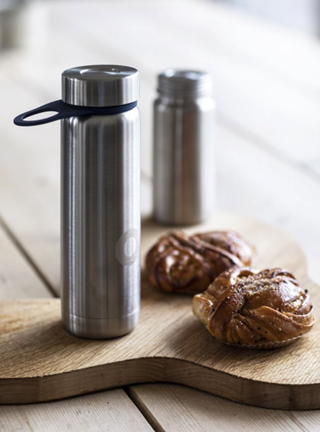
It’s about time we ditch the plastic Tupperware and the throwaway cups for our lunches. You can eliminate waste by buying one long-lasting product with this durable metal. Stainless steel does wonders for the environment and saves you money in the long run.
Suitable for: Drink bottles, reusable food containers
Limitations: Not many use cases
- Hemp
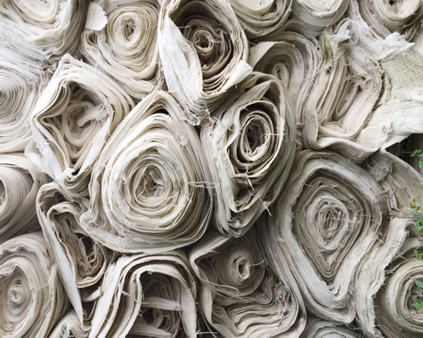
Hemp has had a tough time marketing itself. Often derogatory called the “cousin of weed,” many think its only uses are for rolling ‘certain substances.’ The mainstream frequently rejects hemp clothing as suitable only for hippies wearing grunge-style khaki hues.
Let’s not be snobbish, as experts consider hemp one of the most environmentally-sound fabrics. Did you know that cotton uses more than four times as much water as hemp? Maybe the hippies were right after all.
Suitable for: Clothing, shoes, and even biofuel
Limitations: Strong, durable, and safe containers
- Platinum silicone
Despite sounding like an expensive LA surgery, platinum silicon is a sustainable solution!
Not every product can be ‘silicone,’ but almost every kitchen tool has a silicone alternative. Curbside recycling programs rarely accept it, so this isn’t the best plastic alternative. With that said, it’s durable, reusable, and much better than traditional plastic!
Suitable for: Kitchenware
Limitations: Not great for other uses like clothing, not easy to recycle
- Cork

This one is a little quirky, but you shouldn’t think its only use is for wine bottles. Since cork cladding can use tiny granules, nothing gets wasted in manufacturing, and recycling can give it new life even after the cork has served its purpose.
Plus, cork is 100% biodegradable, unlike many other building materials. Thus, it’s an inherently eco-friendly product!
Suitable for: Tote bags and quirky charging pads!
Limitations: Vulnerable to damage — avoid any expensive equipment
- Wheat Straw
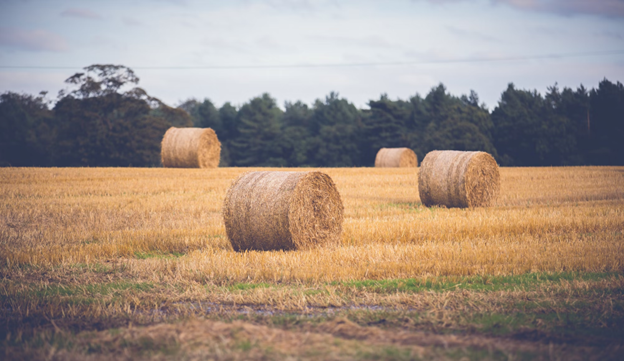
Wheat straw is renewable and sustainable, and because wheat straw products are entirely natural, they can decompose and double as fertilizer. They can also be turned back into pulp by repeatedly melting them and creating different products.
Even better, it requires less energy to produce wheat straw than plastic. Indeed, there are almost zero negatives with straws as a plastic killer!
Suitable for: Plates, cups, and other things traditionally used for single-use plastic
Limitations: If you need super sturdy material, maybe look elsewhere
What is the best plastic alternative?
We hope this article shines a light on the ‘best’ plastic alternative. Unfortunately, there’s not one renewable savior that we can turn to fix our problems. We have a few brilliant materials, each with its advantages and uses. Once you know the products you’re looking for, you can use this guide to see which material is best for that particular item.
While it’s true that there’s no one perfect material, having multiple options allows our workplaces and homes to incorporate plastic-free alternatives that look great and reduce harmful consumption.
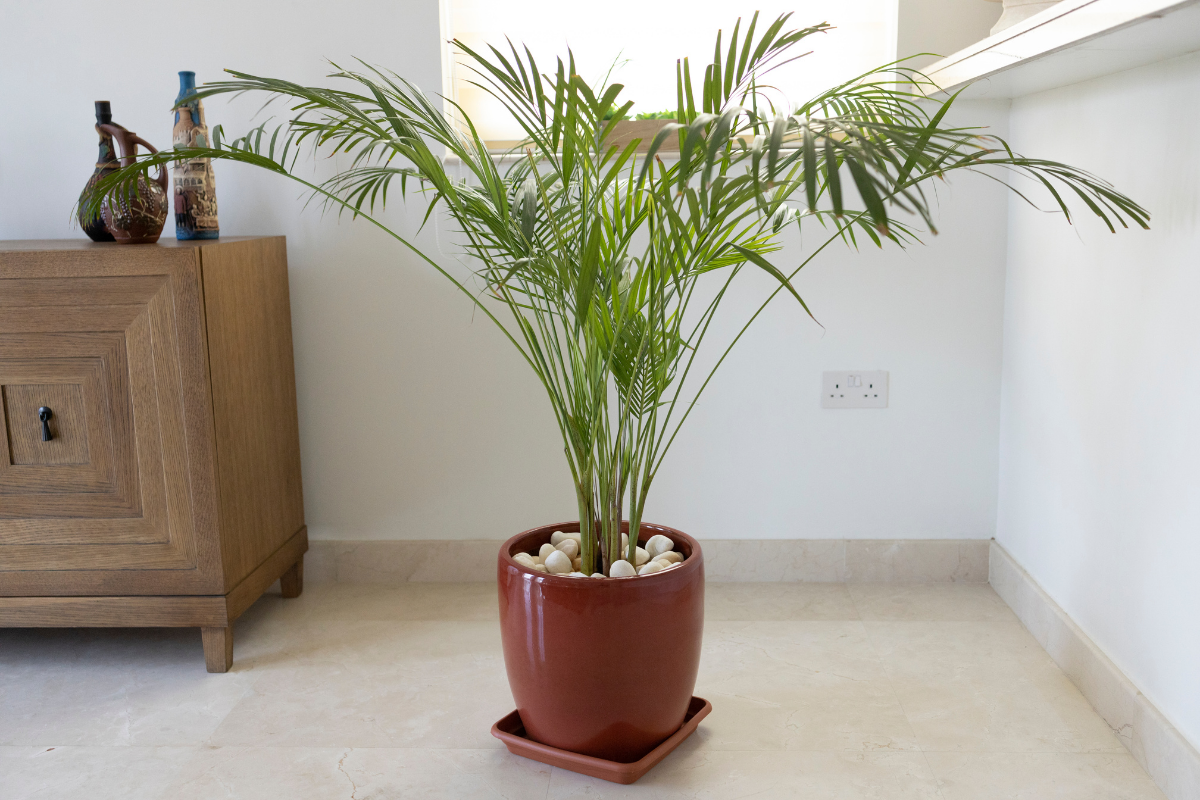



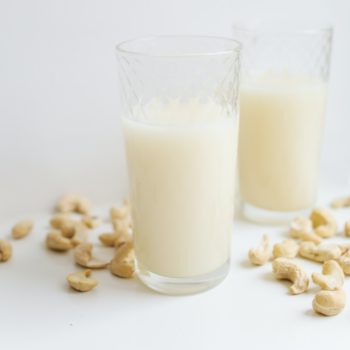
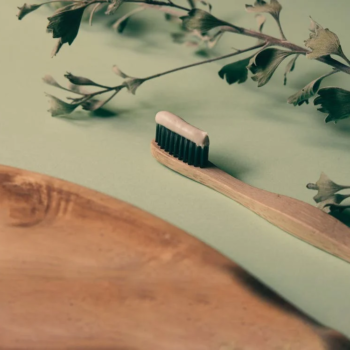
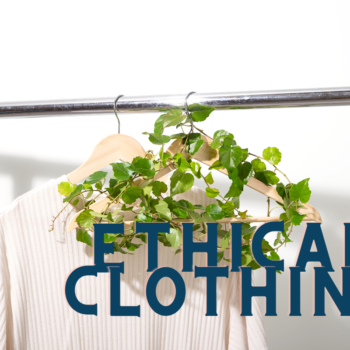

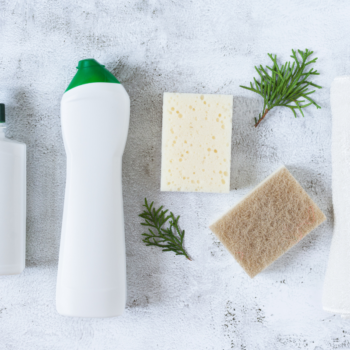

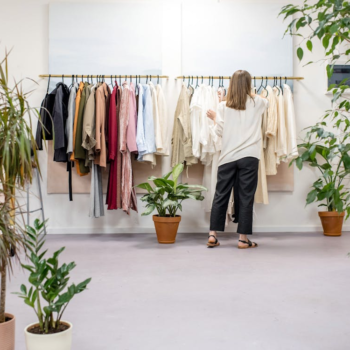


No Comments